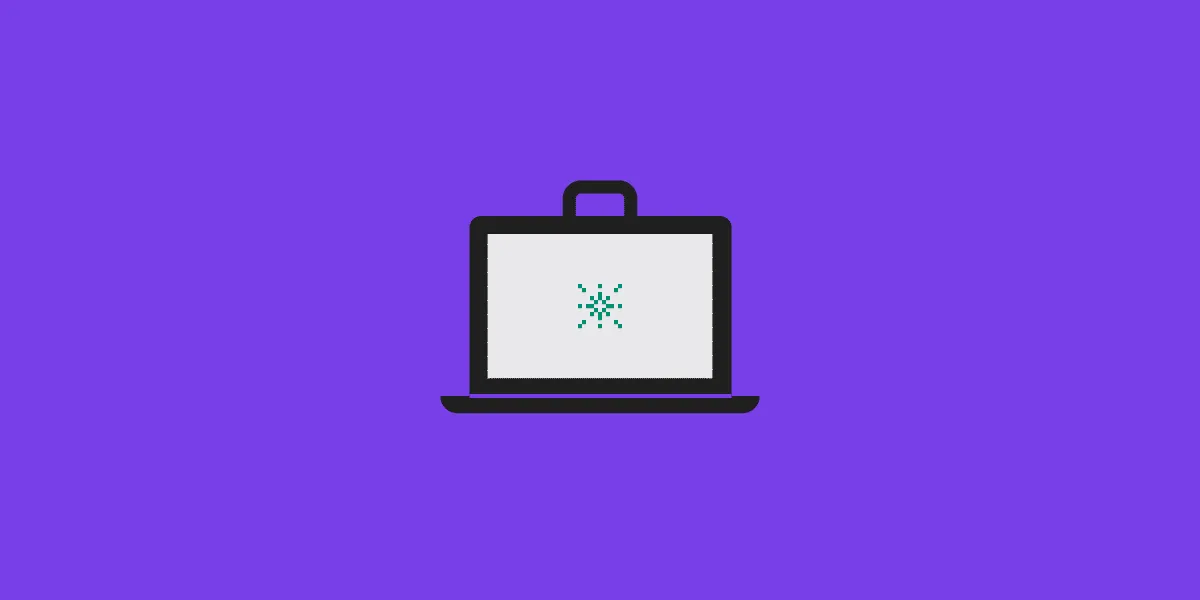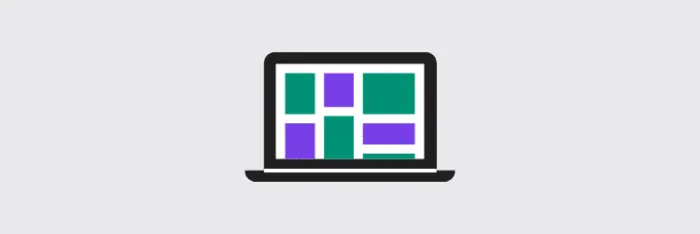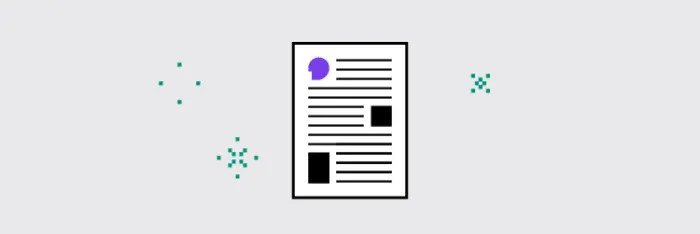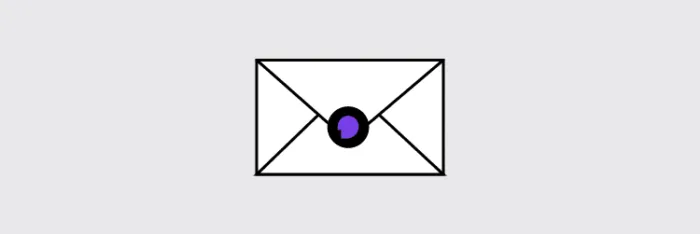5 Tips to Crack Any Job in Web/UX Design

If you have a fair amount of experience in web or UX designing but are finding it difficult to get your next job, then you’ve come to the right place.
Job hunting should not be as hard as it is. Knowing a few tricks and implementing them in your job-hunting strategy can help.
This article seeks to bridge the gap between you and your dream UX/Web Design job.
Read on to learn what you can do to revolutionize your job hunt using the 5 tips we have mentioned below:
1. Identify your professional needs

Knowing where you want to work and in what capacity you want to work makes your job search a lot easier and helps you crack a job faster than someone who doesn’t.
The reason being that you are more likely to work towards that goal with a methodical and focused approach.
So to crack your dream UX/Web Design job, you need to prioritize this aspect first.
The goal here is to make a conscious effort and identify your area of interest. This will make your task a lot easier and help you crack a job in UX/web design a lot faster than you think
If you have not made up your mind about what exactly you have in mind, meditating on the below-listed questions is perhaps a great place to start:
- Do you want to join an MNC or do you want to enjoy the thrill of working in a vibrant startup?
- What kind of industry would you like to work in? Would you want to continue in your industry or do you want to transition?
- Are you into UI or UX? Are you a UX Designer, Developer, or Architect? Are you a researcher or a project manager?
Answering these questions truthfully will shed a lot of light on who you are and what you want to become. This will also allow you to eliminate profiles you’re not interested in, so that you don’t end up wasting a lot of time applying to roles that aren’t worth your time.
Once you make a decision, you can successfully move on to the second step of streamlining jobs that most resonates with your preference.
2. Customize your job search

If you have followed the first step, the next step is to customize your job search.
Professional portals like LinkedIn gives you the liberty to choose jobs based on various criteria such as:
- Job designation
- Location of the job
- Industry
- Years of work experience
After you select your job preference, you’ll get a list of job vacancies that you can apply to. If you don’t find a job vacancy that fits, you can simply switch on the job alert. By doing this, you’ll get notified every time there is a job opening in the target industry and job type of your preference.
You can check out this guide on job search sites for more clarity on how you should begin your own job hunt.
3. Build your online portfolio

The best thing about being a UX/Web Designer is that most of your work or projects are available online.
Whether you have built a website for a client or made one as part of your college project, the idea is to have practical proof of the work you have done in an online platform.
Your portfolio for web design is a personal website that you should use to your best advantage. Some might even go on to suggest that it acts as a virtual resume as it helps you communicate the following:
- Your contact details
- Projects you have worked on
- The extent of your contribution
Long story short, your online portfolio is important. You can check out some of these best portfolio websites for UX designers.
Keep it up and running so you have something to show once you start filling up your job applications!
4. Write an impactful resume

Your resume is the first point of interaction between you and the recruiter.
It is your one shot at impressing the recruiter before you even get the chance to meet them face-to-face.
Unfortunately, not everyone gets the rare opportunity of meeting a recruiter. This is why the need to impress the recruiter and get shortlisted is crucial if you want to land a job as a UX/Web Designer.
For best results, you can use an online resume builder with ready-to-use resume templates. There are 3 important resume hacks that you can implement to get shortlisted for the hottest jobs in UX/Web designing. They are:
- A bang-on summary
- Endorsement of skills through your Professional Experience
- A hard-hitting Projects section or portfolio to go beyond the resume
We’ve explained them below.
Make a bang-on summary articulating your career highlights
Think of your summary as a window to resume success. It helps you communicate your key career highlights in a neat 3-5 line paragraph. Being the legs on which a resume stands, a great summary has the power to get you shortlisted for your dream UX/Web Designer job.
Here are two examples of what a summary for a UX Designer and a Web Designer should look like:
UX Designer Resume Summary:
4+ years experienced UX Designer with a demonstrated history of designing intuitive UI and strategizing product launch. Highly proficient in collating with senior stakeholders to analyze user needs. Adept at serving old accounts and generating new business to successfully fulfill the product roadmap and achieve the organizational vision.
Web Designer Resume Summary:
5+ years experienced Web Designer adept at designing intuitive website layouts and visual/digital designs across web and mobile. Highly efficient in managing a team of junior web developers to deliver satisfactory user experience. Proficient in gathering and fulfilling client requirements with expertise in deploying innovative technologies to deliver user-centric solutions.
Highlight your skills effectively in your UX/Web Designer Resume
Whether you’re applying for the position of a UX Designer or a Web Designer, it is obvious that you know how to work on a set of tools and software. But your skills and technical proficiency are useless if you’re not able to effectively articulate them in your resume.
This is why you should make a separate skills section and distinguish your core skills from your technical skills. Doing this will help a recruiter identify your functional areas and skillsets in one go.
Include relevant certifications in your UX/ Web Design Resume
Being a certified web designing professional can do wonders for your job hunt if you include it in your resume. It helps you show that you have some additional knowledge in your field and that you’ve got the relevant certifications to prove it.
It also stands as a testament to your competence and your willingness to constantly up-skill which is seen as the hallmark of a great employee.
So if you’ve done relevant certifications, make sure that you endorse them in your resume.
5. Write a targeted cover letter

A great cover letter is the need of the hour. It gives your job application a personal touch.
It also gives you the opportunity to elaborate aspects of your career that may otherwise seem questionable such as a career gap, or a frequent job switch. Moreover, a cover letter also gives you a wider scope in terms of helping you talk about your achievements in ways that a resume doesn’t.
A cover letter that directly addresses the hiring manager and talks about the qualities that make you the perfect fit for that particular job has a higher chance of making a favorable impression on the person evaluating their suitability for the job than someone without a cover letter.
So the next time you apply for a job in UX or web design, write a cover letter.
You’ll see the results first hand.
Conclusion
To sum up:
- Prioritizing your professional needs and wants is the first step to landing your dream UX job.
- After identifying your professional requirements, make a customized job search catering to your target job, and switch on the job alert.
- Create an online portfolio showcasing the major projects you have successfully completed.
- Make an impactful resume that articulates your career history and achievements.
- Seal the deal with a compelling cover letter.

